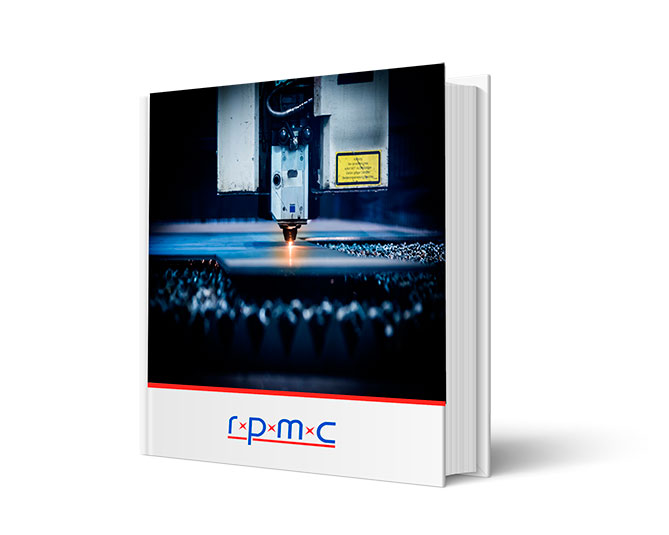Imaging & Analysis Lasers:
High-Resolution Imaging for Any Application
-
-
-
-
- Precision & Multi-Wavelength Capabilities for Diverse Imaging Needs
-
-
-
-
-
-
-
- Versatile Configurations & Pulse Options for Enhanced Analysis
-
-
-
-
-
-
-
- Flexible Packaging & Advanced Integration Features
-
-
-
Why Choose an Imaging Laser?

Precision & Multi-Wavelength Capabilities for Diverse Imaging Needs
-
- Wide range of wavelengths UV-MWIR (210nm to 4.5µm) & tunable wavelength options
- Wavelength combiners for fluorescence, microscopy, & MALDI applications
- SLM, narrow linewidth options – Stable, reliable solutions for high-resolution requirements
Versatile Configurations & Pulse Options for Enhanced Analysis
-
- Pulsed & CW DPSS, fiber lasers, laser diode modules & broadband tunable laser systems
- Variable rep. rates, pulse widths (ns, ps) & low jitter options to support various applications
- Range of powers/energies tailored for bioimaging, particle velocimetry & mass spectrometry

Flexible Packaging & Advanced Integration Features
-
- OEM to turnkey, free-space & fiber-coupled options, seamless lab or field integration
- Compact, rugged & air-cooled designs for portable needs in various environments
- Advanced control features: USB/RS232 interfaces, modular add-ons, remote diagnostics, and simplified user control
Over the last 30 years, RPMC has fielded thousands of imaging & analysis lasers, built to endure the toughest conditions, delivering reliable performance from the shop floor to outdoor environments. Designed to withstand humidity, heat, dust, and vibration, these lasers provide consistent output with low maintenance, ensuring your operations run smoothly. With a versatile range of power, energy, and wavelength options, our lasers can be tailored to meet the specific demands of your application, from precision tasks to high-power throughput. We’re not just providing a product—we’re partnering with you to find the perfect solution and support you through every stage of your project, dedicated to helping you achieve long-term success.

 SHIPS TODAY
SHIPS TODAY 

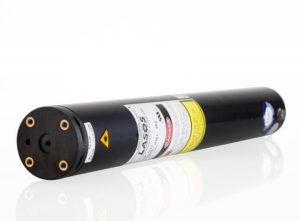
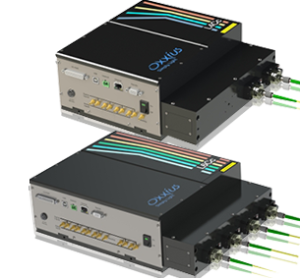
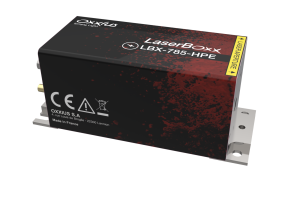
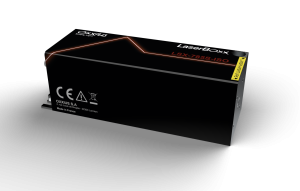
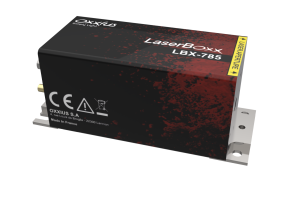
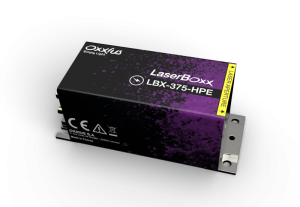
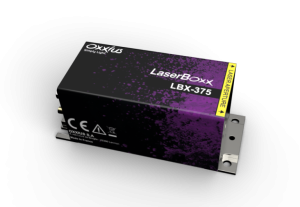
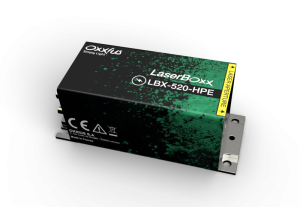
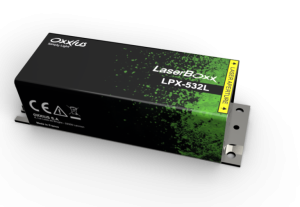
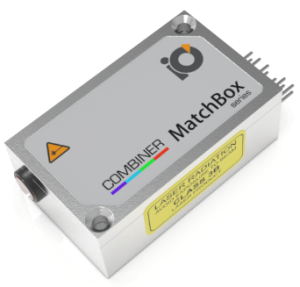
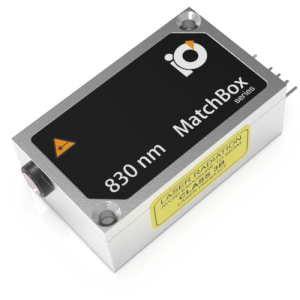
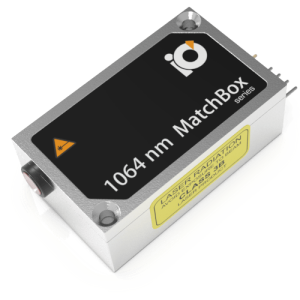
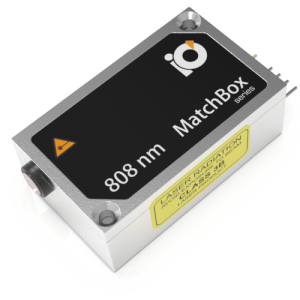
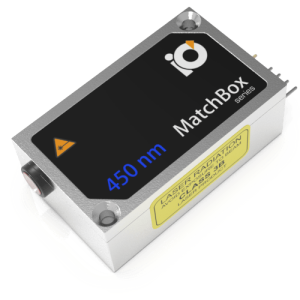
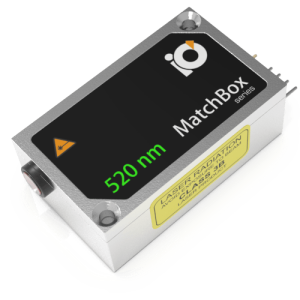
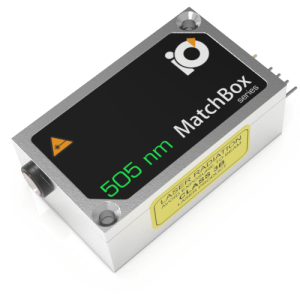
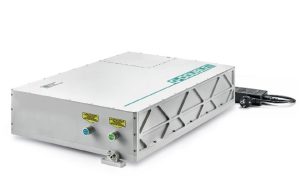
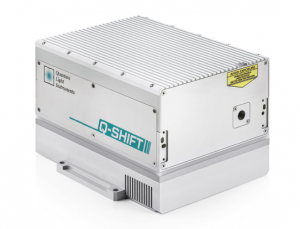
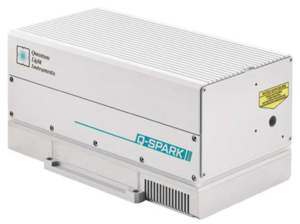
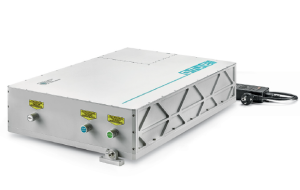
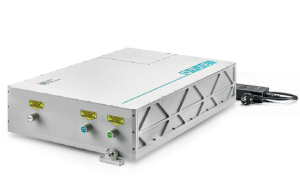

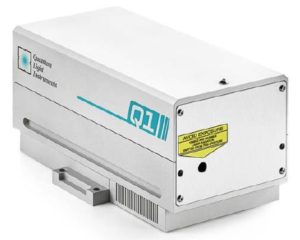

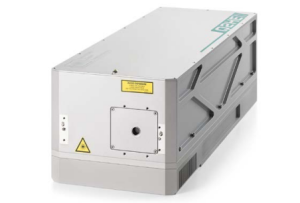
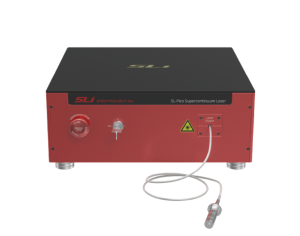
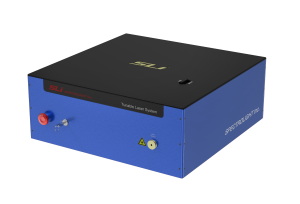
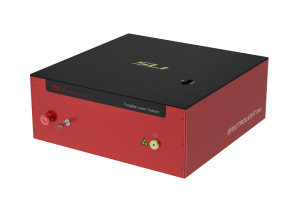
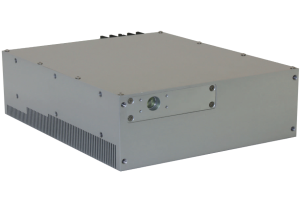
 Maldi-ToF Lasers: Maldi ToF is a method used in mass spectrometry for measuring the time it takes for ionized particles of different masses to drift to the detector. For this process to work, there must be a mechanism in place to ionize the particles (e.g., photoionization). This technique traditionally uses high pulse energy q-switched ultraviolet lasers (
Maldi-ToF Lasers: Maldi ToF is a method used in mass spectrometry for measuring the time it takes for ionized particles of different masses to drift to the detector. For this process to work, there must be a mechanism in place to ionize the particles (e.g., photoionization). This technique traditionally uses high pulse energy q-switched ultraviolet lasers ( Particle Image Velocimetry Lasers: Particle Image Velocimetry (PIV) is an experimental method used for determining the velocity of a flowing fluid by monitoring the particles in the stream which are illuminated by a laser. For this application to work, particle image velocimetry lasers and cameras must be time-gated and triggered at the same time so that each image can be precisely mapped to a point in time.
Particle Image Velocimetry Lasers: Particle Image Velocimetry (PIV) is an experimental method used for determining the velocity of a flowing fluid by monitoring the particles in the stream which are illuminated by a laser. For this application to work, particle image velocimetry lasers and cameras must be time-gated and triggered at the same time so that each image can be precisely mapped to a point in time. 